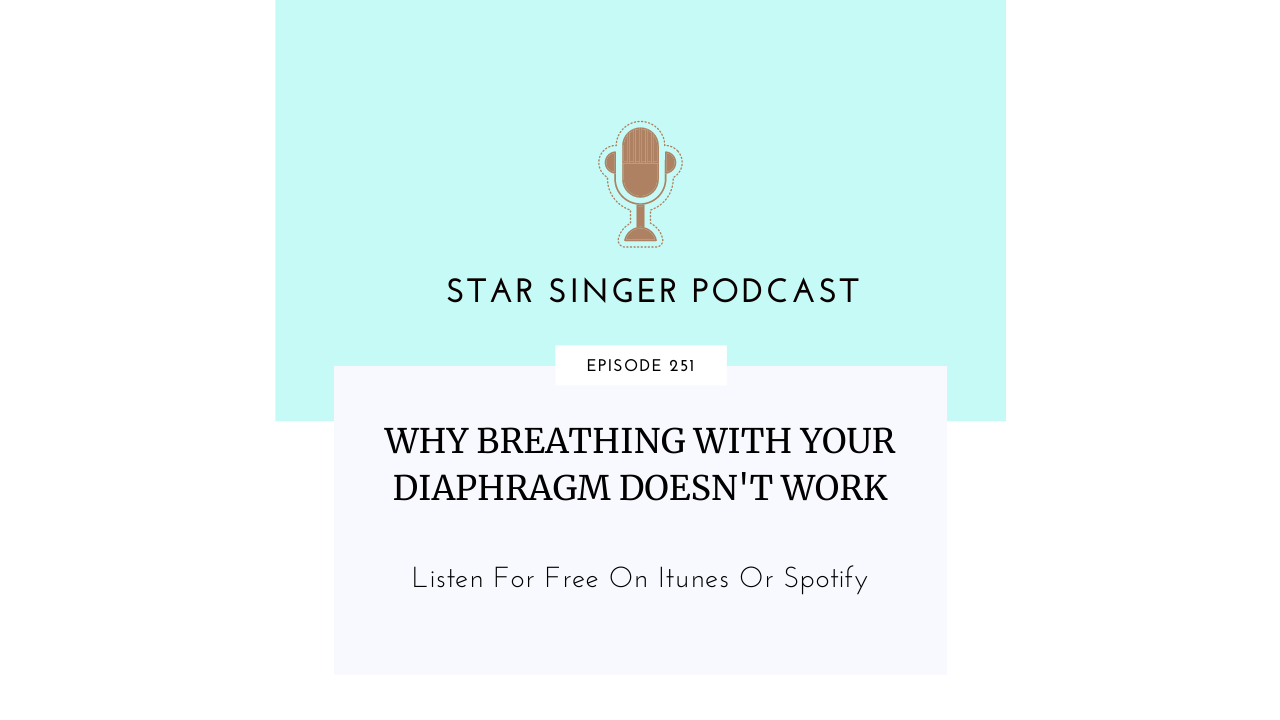How To Breathe For Singing: Why Breathing With Your Diaphragm Doesn't Work
Jan 26, 2021



50% Complete
Lorem ipsum dolor sit amet, consectetur adipiscing elit, sed do eiusmod tempor incididunt ut labore et dolore magna aliqua.